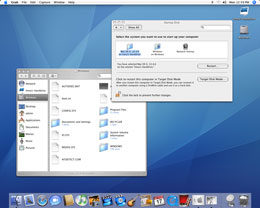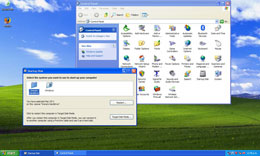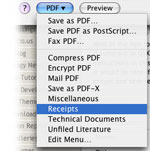I have been trying out SuSE 10.1 on my iMac with the Release Candidate version of Parallels. Parallels is awesome, there is nothing like being able to play with (and blow away) Linux and Windows at almost full speed directly within OSX. On the PowerPC I have used Virtual PC and the Intel iMac has also gone through Bootcamp but Parallels is far and away a better solution for most tasks (you would not want to run games through Parallels).
From a website design perspective it really eases the testing of html/css in all four major environments (Windows Explorer, Firefox, Linux Konquerer and OSX Safari).
One new default feature in OpenSUSE 10.1 that is really very cool is AppArmor. It makes the task of securing server and client based applications simple through the automatic creation of application-based rules (i.e. Firefox can execute these files, modify these files and access these devices). The SUSE Diary has a nicely written tutorial introducing the application and describing how to easily create rulesets.
David Harrison's musings on collaboration and I.T.




